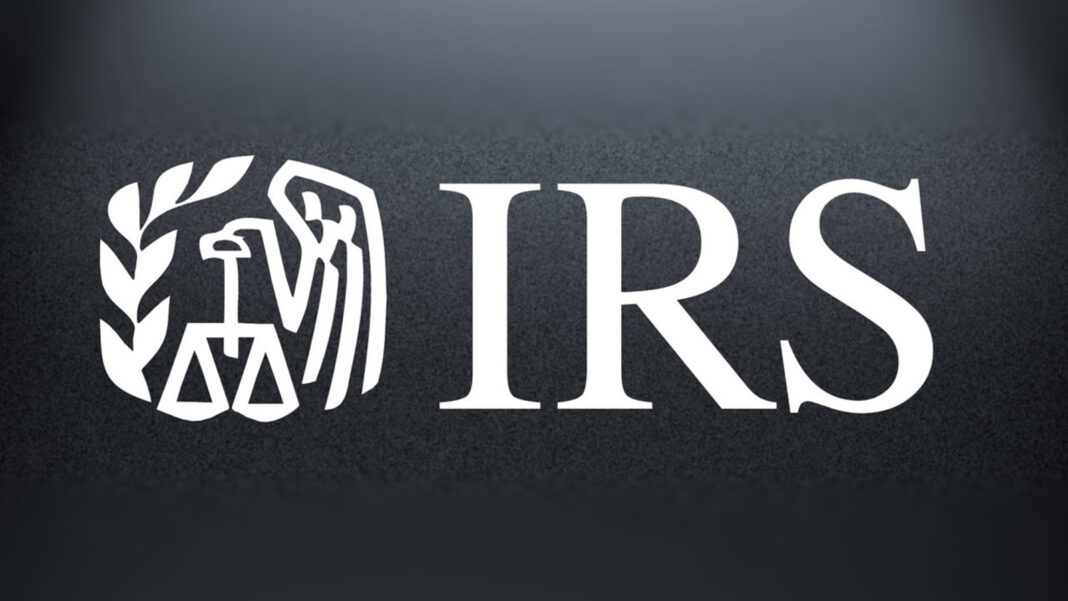People encouraged to file, pay by June 14 to avoid larger penalties and interest
Washington – The Internal Revenue Service today encouraged taxpayers who owe unpaid taxes and missed the April 18 tax deadline to file their 2022 federal income tax return and pay any tax due by Wednesday, June 14, to avoid a larger late-filing penalty.
Penalties and interest can grow quickly. The IRS reminded taxpayers about important payment programs that can help as well as the availability of special first-time penalty abatement relief for those who qualify.
Normally the late-filing penalty for each month — or part of a month that a return is late — is 5% of the unpaid tax, up to a maximum of 25%. The late-filing penalty will stop accruing once the taxpayer files.
But, by law, if a return is more than 60 days late, the minimum late-filing penalty, also known as a Failure to File penalty, is either $435 or 100% of the unpaid tax, whichever is less. This means the penalty will equal the tax due if the taxpayer owes $435 or less. If they owe more than $435, the minimum penalty will be $435.
The IRS must receive the return by June 14; returns mailed on that date normally won’t avoid the larger penalty. For that reason, the IRS recommends taxpayers file electronically by June 14.
In addition, taxpayers can limit late-payment penalties and interest charges by paying their tax electronically. The fastest and easiest way to do that is with IRS Direct Pay, a free service available only on IRS.gov. Several other electronic payment options are also available. Visit IRS.gov/payments for details.
Late-payment penalties and interest will stop accruing as soon as the tax is paid. The taxpayer need not figure any of these charges. Instead, the IRS will bill them for any amount due.
Taxpayers can review information on the Failure to File and the Pay penalties by visiting IRS.gov/penalties.
There are many important provisions that can help taxpayers in these situations.
Penalty relief for some
Taxpayers who have filed and paid on time and have not been assessed any penalties for the past three years often qualify to have the penalty abated. See the First-Time Penalty Abatement page on IRS.gov. A taxpayer who does not qualify for this relief may still qualify for penalty relief if their failure to file or pay on time was due to reasonable cause and not willful neglect.
Anyone who receives a penalty notice from the IRS should read it carefully and follow its instructions for requesting relief. See Penalty Relief on IRS.gov for the types of penalty relief and how to make the request.
In addition to penalties, interest will be charged on any tax not paid by the April 18 due date and any subsequent penalties. Interest stops accruing as soon as the balance due is paid in full. By law, interest abatement is not an option for reasonable cause or as first-time relief.
Options if unable to pay what’s owed
Many taxpayers mistakenly delay filing because they are unable to pay what they owe. Often, these taxpayers qualify for one of the payment options available from the IRS.
Individual taxpayer’s online payment plan options include:
- Short-term payment plans – for taxpayers who have a total balance less than $100,000 in combined tax, penalties and interest. This plan gives them an extra 180 days to pay the balance in full.
- Long-term payment plan (also called an installment agreement) – for taxpayers who have a total balance less than $50,000 in combined tax, penalties and interest. They can make monthly payments for up to 72 months. Taxpayers are encouraged to set up plan payments using direct debit (automatic bank withdraw), which eliminates the need to send a payment each month, saving postage costs, and reducing the chance of default. The IRS requires direct debit for balances between $25,000 and $50,000.
- Offer in Compromise — Some struggling taxpayers may qualify to settle their tax bill for less than the amount they owe by submitting an offer in compromise. To help determine eligibility, use the Offer in Compromise Pre-Qualifier tool.
Some automatically get more time to file
Some taxpayers get more time to file, even if they didn’t request an extension. These special deadlines affect penalty and interest calculations for those who qualify, such as members of the military serving in combat zones, taxpayers living outside the U.S. and those living in declared disaster areas.
Disaster areas
The IRS automatically provides filing and penalty relief to any taxpayer with an IRS address of record located in a federally declared disaster area when at least one area qualifies for the Federal Emergency Management Agency’s Individual Assistance program. Ordinarily, this means that taxpayers need not contact the IRS to get disaster tax relief. For details on all available relief, visit the Around the Nation page on IRS.gov.
Those serving in combat zones
Military service members and eligible support personnel serving in a combat zone have at least 180 days after they leave the combat zone to file their tax returns and pay any tax due. A complete list of designated combat zone localities is in Publication 3, Armed Forces’ Tax Guide, available on IRS.gov.
Combat zone extensions also give affected taxpayers more time for a variety of other tax-related actions. Various circumstances affect the exact length of the extension available to taxpayers. Details, including examples illustrating how these extensions are calculated, are in the Extensions of Deadlines section in Publication 3.
Taxpayers, military on duty living outside the United States
U.S. citizens and resident aliens who live and work outside the U.S. and Puerto Rico are granted an automatic two-month extension, until June 15 2023, to file their 2022 tax returns and pay any tax due.
The special June 15 deadline also applies to members of the military on duty outside the U.S. and Puerto Rico who do not qualify for the longer combat zone extension. Affected taxpayers should attach a statement to their return explaining which of these situations apply. For more information about the special tax rules for U.S. taxpayers abroad, see Publication 54, Tax Guide for U.S. Citizens and Resident Aliens Abroad, on IRS.gov.
When to check withholding
To protect against having too little tax withheld and facing an unexpected tax bill or penalty at tax time next year, taxpayers should check their withholding every year. For help determining the right amount to withhold, use the Tax Withholding Estimator on IRS.gov.









